My rating: 8/10
Time of visit: from half day to two days

Rouen, the historic capital of Normandy, is one of the most fascinating cities in northern France. Although often overlooked in traditional tourist itineraries that focus on Paris, the Loire Valley, and Provence, Rouen is absolutely worth a visit for its rich history and breathtaking architectural heritage. With its half-timbered houses, Gothic churches, and cobblestone streets, Rouen offers a unique atmosphere that transports visitors back in time.
In this post, we will explore the various aspects that make Rouen an underrated destination for travelers seeking authenticity and historical charm. From its intricate history to its main attractions, you’ll discover why Rouen is a hidden gem just waiting to be uncovered.

History of Rouen (France): Between Glory and Tragedy
The history of Rouen dates back to Roman times, when it was known as Rotomagus and served as an important trading center along the Seine River. During the Middle Ages, Rouen became one of the most significant cities in the Kingdom of France, thanks to its strategic location and the economic prosperity derived from trade and the textile industry. The city's crucial role in medieval times is still evident today, with its magnificent cathedrals and Gothic churches that bear witness to Rouen's importance as a religious and political center.
One of the most famous events associated with Rouen is the execution of Joan of Arc, which took place in 1431. Accused of heresy by the English during the Hundred Years' War, the young heroine was burned at the stake in Place du Vieux Marché. This tragic event left an indelible mark on the city, and today, a modern church, the Church of Saint Joan of Arc, stands on the exact site of her execution, paying tribute to her sacrifice.
Rouen was also deeply affected by the French Revolution and World War II, during which it suffered severe bombings. Despite these hardships, the city has always managed to rise again, preserving its medieval charm and remaining a vital cultural center.

The Gothic Churches: Architectural Treasures of Rouen
One of the most captivating aspects of Rouen is its extraordinary architectural heritage, dominated by the Gothic churches that dot the urban landscape. The city is a true open-air museum for lovers of Gothic architecture, featuring some of the most significant examples of this artistic style in all of France.
The Rouen Cathedral
The Notre-Dame Cathedral of Rouen is one of the absolute masterpieces of French Gothic architecture, as well as an iconic symbol of the city of Rouen. Its construction began in the 12th century, but work continued for over 300 years, which explains the combination of architectural styles that can be observed. This monument, in addition to being a religious center of great importance for Normandy, is also a living work of art that reflects the evolution of Gothic art and the history of the region.
One of its most striking features is the western façade, an extraordinary expression of Flamboyant Gothic, with sculpted details that seem to dance in the stone. This façade inspired the Impressionist painter Claude Monet, who immortalized it in a famous series of paintings (below), capturing the variations of light on the cathedral's surfaces at different times of the day and throughout the seasons. Thanks to these paintings, Rouen's façade is known worldwide and continues to captivate artists and photographers.

The most impressive architectural element of the cathedral is the central spire, which, at 151 meters high, makes it the tallest in France and one of the tallest in Europe. This spire was added in the 19th century by architect Jean-Antoine Alavoine, after a fire destroyed the previous wooden structure. The verticality of the spire, along with that of the two lateral towers, the Saint-Romain Tower and the Lantern Tower, creates a sense of upward movement towards the sky, a typical characteristic of Gothic cathedrals.
The interior of the cathedral is equally captivating. The ribbed vaults and flying buttresses not only support the imposing structure but also help create a space of great lightness and solemnity. The stained glass windows, many of which date back to the 13th century, filter magical light that floods the nave and side chapels. Each window tells biblical and mythological stories, enriching the visual and spiritual experience for visitors.
One of the most historically significant aspects of the cathedral is that it houses the remains of illustrious figures. Among the most famous is the tomb of English King Richard the Lionheart, who chose Rouen as the resting place for his heart. Richard's body was buried at Fontevraud Abbey, but his heart is preserved in an elaborate funerary monument within the cathedral, a detail that underscores the political and religious importance of Rouen during the Middle Ages.
Throughout its long history, the cathedral has faced numerous adversities. During World War II, Rouen was heavily bombed, and the cathedral was not spared. The roof was severely damaged, as were some of the stained glass windows. However, thanks to an impressive restoration effort, the cathedral has been restored to its former glory, once again becoming a landmark for both the faithful and tourists.
Church of Saint-Ouen
Another masterpiece of Gothic architecture in Rouen is the Abbey Church of Saint-Ouen, one of the city's most imposing religious buildings. This church, begun in the 14th century, is famous for its enormous stained glass windows, which create an effect of lightness and transparency that contrasts with the monumentality of the structure. The Church of Saint-Ouen is less visited than the cathedral, but it offers an equally impressive experience, especially for enthusiasts of medieval art and architecture.
Church of Saint-Maclou
The Church of Saint-Maclou, on the other hand, is a perfect example of Flamboyant Gothic, a style characterized by intricate decorative details and the elegance of its lines. This church, smaller and more intimate than the cathedral, enchants visitors with its sculpted façade and richly decorated porch. The interior, with its cozy and spiritual atmosphere, invites contemplation and represents one of the most captivating places in Rouen.
Half-Timbered Houses and Cobblestone Streets: The Medieval Soul of Rouen
Rouen is also famous for its picturesque half-timbered houses, which give the city a fairy-tale appearance and make it seem like something out of another century. These houses, built primarily between the 15th and 16th centuries, are characterized by exposed wooden frames and walls made of clay or brick. Many of these dwellings are located in the narrow streets of the historic center, which look like scenes straight out of a postcard.
Strolling through these cobblestone streets, such as Rue du Gros-Horloge and Rue Saint-Romain, is a captivating experience. Every corner hides a piece of history, from the medieval signs hanging from shops to the leaning houses that seem to support each other. The atmosphere here is truly authentic, with architecture that has not been compromised by modern urban development, preserving its original charm.

Gros-Horloge: A Historic Clock in the Heart of the City
One of the most iconic landmarks of Rouen is undoubtedly the Gros-Horloge, an ancient astronomical clock located above an archway that spans Rue du Gros-Horloge. Dating back to the 14th century, this monumental clock is one of the oldest in Europe and is one of the most beloved attractions for visitors.
The gilded dial and intricate decorations of the clock are impressive, and the clock's mechanism itself is a masterpiece of ancient engineering. Today, it is possible to visit the interior of the tower that houses the Gros-Horloge, which also offers a panoramic view of Rouen's historic center.
Rouen: A Often Overlooked City, but Full of Surprises
Despite its numerous historical and cultural attractions, Rouen often remains off the beaten tourist paths, perhaps overshadowed by the proximity of Paris or the allure of Normandy's beaches such as Étretat and Deauville. However, Rouen offers a unique experience for visitors who wish to immerse themselves in history and art without the crowds that flock to more popular destinations.
One of the advantages of visiting Rouen is its authenticity. Here, you can explore the historic center on foot, enjoying every architectural detail without feeling overwhelmed. The local restaurants and cafes offer traditional Norman cuisine, allowing visitors to savor specialties such as camembert and tarte tatin in a peaceful and relaxed atmosphere.
Moreover, Rouen is well connected to both Paris and other cities in Normandy, making it a perfect destination for a day trip or a stop on a broader tour of the region. Its understated charm and rich cultural heritage make it an ideal choice for those seeking a destination off the beaten path.
Conclusion: Why Rouen Deserves to Be Discovered
Rouen is a city that knows how to surprise. With its imposing Gothic churches, picturesque half-timbered houses, and fascinating history, it is a perfect destination for those who wish to discover the authentic heart of medieval France. Although often overlooked by tourists, Rouen offers a genuine travel experience rich in discoveries.
Rouen is a very young and lively city; walking through the historic center, you can appreciate not only the picturesque and colorful appearance of the Norman historic buildings surrounded by blooming trees but also the vibrancy of a young population that brings life to the numerous local establishments.
If you're planning a trip to Normandy or northern France, don't miss the opportunity to visit Rouen. Don't miss the chance to explore this captivating city, where every corner tells a story and where architecture and culture blend to offer an unforgettable experience. Rouen is not just a destination to see, but to experience, slowly uncovering its hidden charm and its crucial role in the history of France.
How long to stay
I visited Rouen during an unexpected stop on my way back from the Normandy coast to Paris; since it was an unplanned stop, I had no more than 5 hours available, which is still enough for a relatively relaxed tour of the historic center. I was left wanting to see the city more leisurely, but I suppose a weekend would be more than enough.




















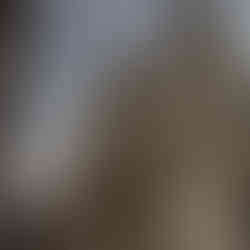















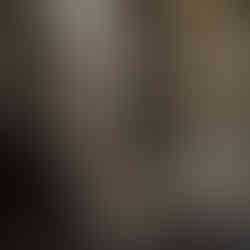










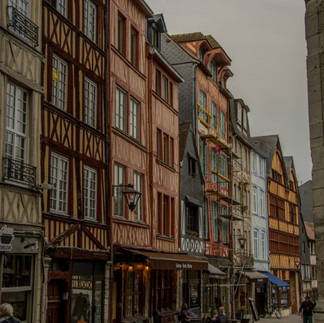



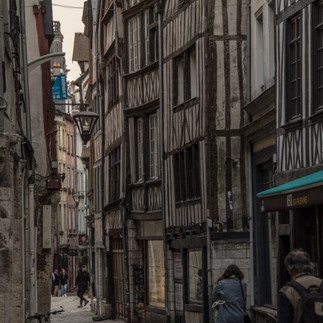

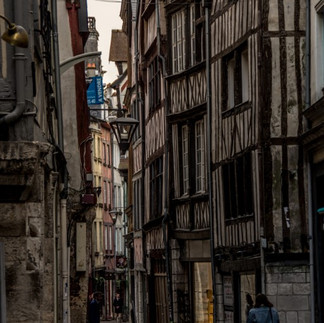





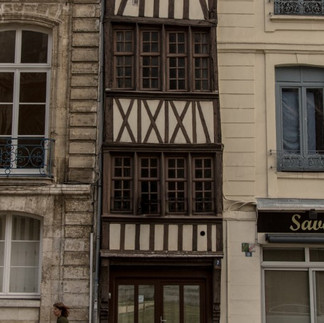













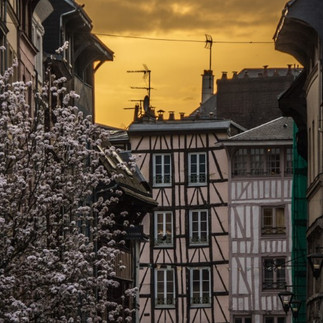

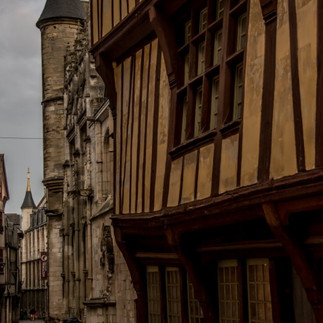


Comments